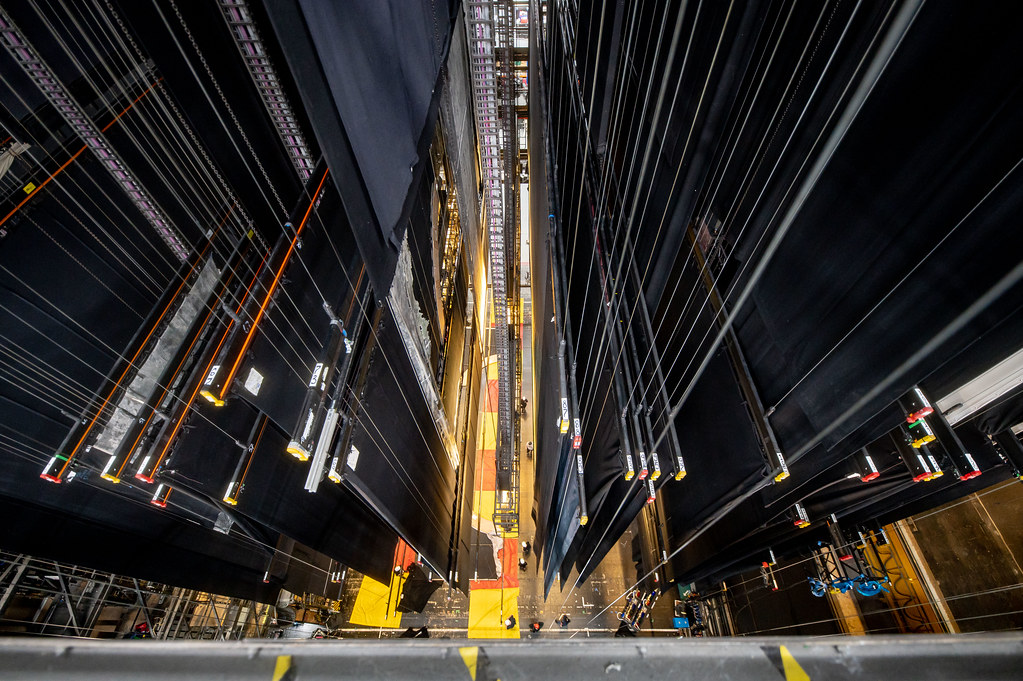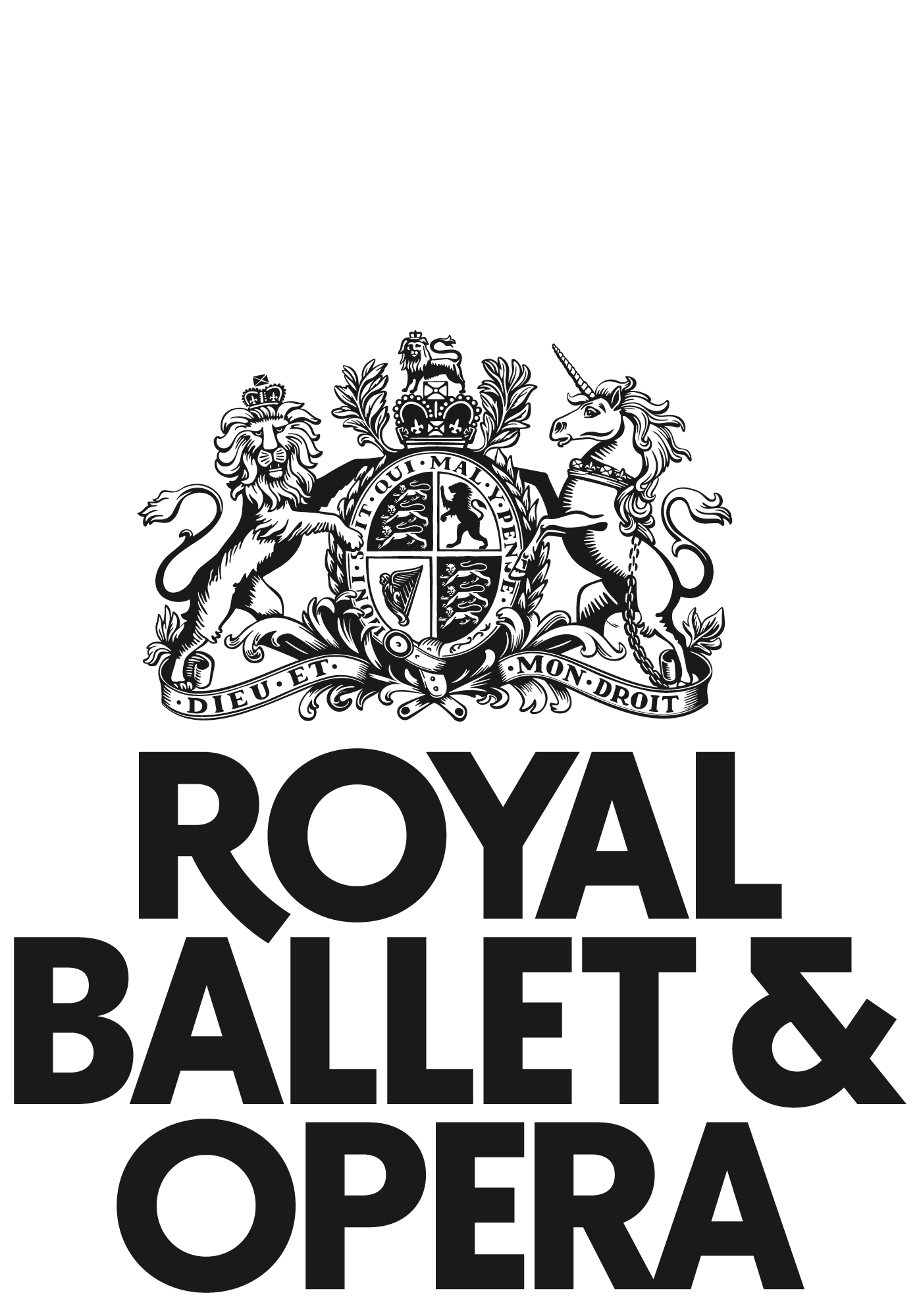News

TAIT Fly Systems Project
TAIT Fly Systems Project
Home to The Royal Ballet, The Royal Opera and the Orchestra of the Royal Opera House, the Royal Opera House brings together world-class performers and trailblazing creative teams to share unforgettable performances with audiences near and far. With an incredibly busy schedule, the theatre’s large group of dedicated performers and creatives are constantly supporting shows and rehearsals that take place seven days a week, 50 weeks a year.
Together the Royal Opera House and TAIT achieved its vision of creating one of the most cutting-edge automation systems, upgrading control of all over-stage machinery. However, with the theatre’s busy schedule this was no easy feat. Working together, the Royal Opera House and TAIT teams were asked to upgrade the ever-important fly system, which includes a series of fly bars and winches over the stage for scenery, lighting and other scenic effects. This was done with no disruption to show and rehearsal schedules, as incremental component changes allowed the existing system to continue to function throughout the project.
Before the teams could implement their project, two very important challenges had to be solved. Firstly, the Royal Opera House’s shows and rehearsals run seven days a week with only a two-week summer hiatus. This meant that any work would need to consider the theatre’s continuous schedule. Secondly, since the work would need to be completed over a significant period of time, any new components would need to seamlessly integrate with the existing system until all work had been completed. Royal Opera House teams were integral to the process, using their years of experience at the theater to guide the process.
In terms of the schedule, the TAIT and Royal Opera House teams operated a weekly schedule of overnight and weekend work to minimize disruption to the production schedule. Also, with COVID-19 restrictions in place some of the work could be done during daytime hours, which sped the process along.
There were a significant number of components to consider when it came to integrating the old and new systems. The teams worked together on over 100 flybar winches, 5 lighting battens, multiple bars and storage bins on the rear stage, and a host of point hoists. They were able to expand the scope by moving to Navigator/iQ on new epiQ desks while staying in budget. The teams also upgraded winches which facilitate both the swag and vertical opening of the iconic house curtain. Almost 1000 load cells were added to monitor the load on each steel wire rope in the flying system. New safety features, such as brake check-back to confirm operation, manual brake release for rescue purposes and crossed-groove detection to monitor the lay of steel wire ropes on each winch were added, with these additional features enabling performer flying, to modern safety standards.
The partnership between the Royal Opera House and TAIT has led to advancements in theatre technology upgrade projects and can serve as a guide for future endeavors that rely on strict project management, coordination, and expert teams working together.
Royal Opera House Covent Garden Foundation, a charitable company limited by guarantee incorporated in England and Wales (Company number 480523) Charity Registered (Number 211775)
